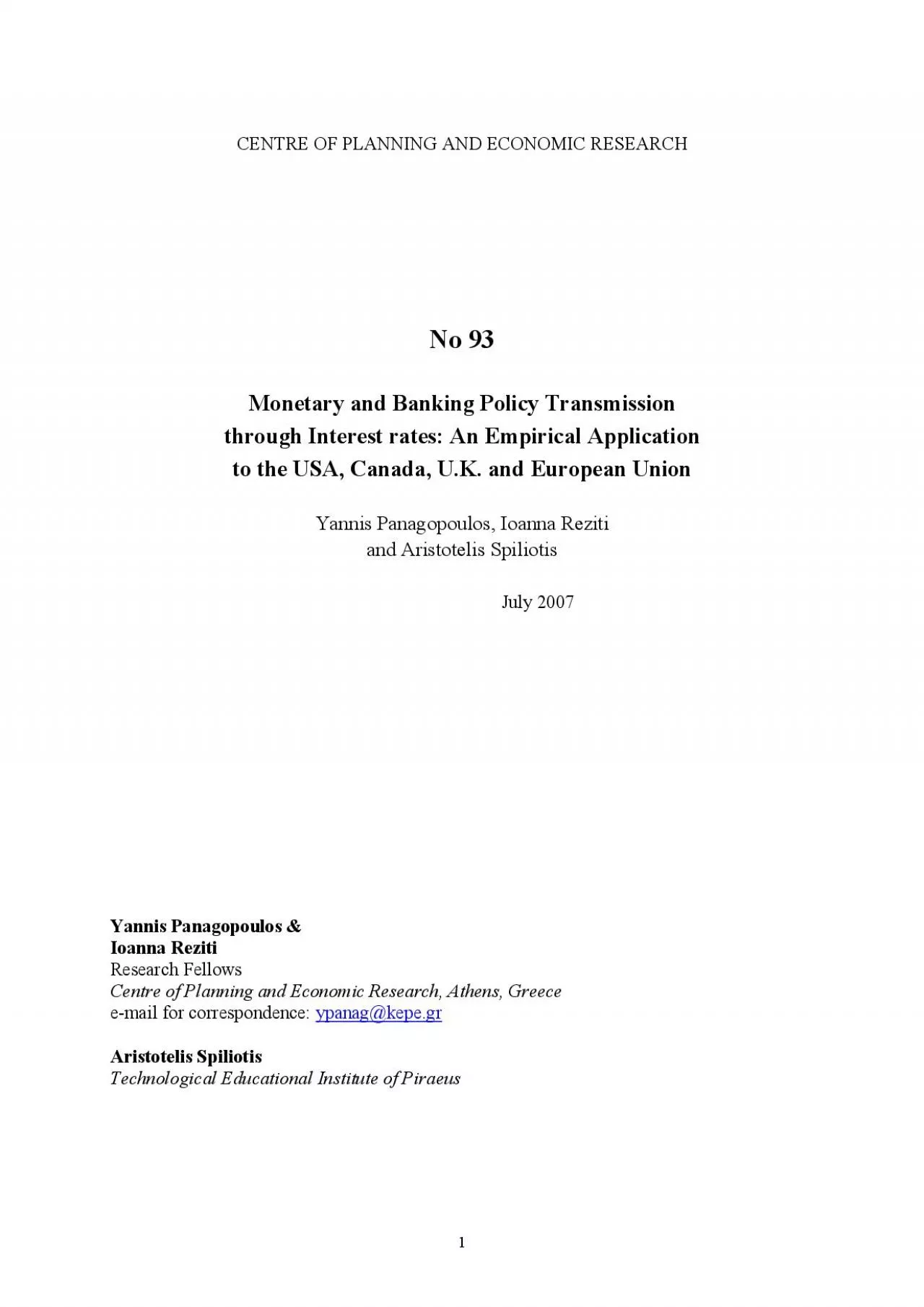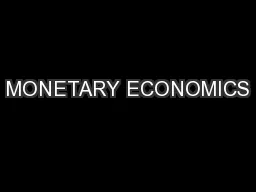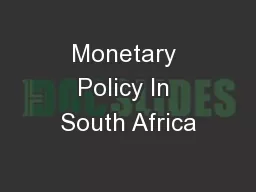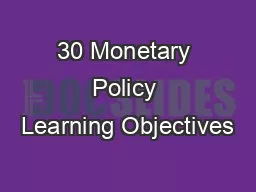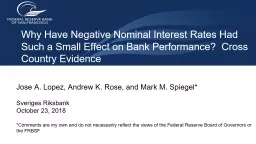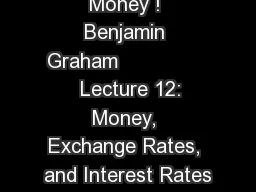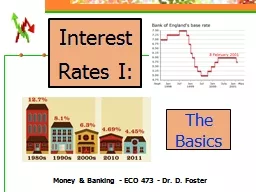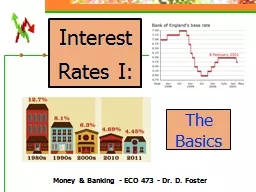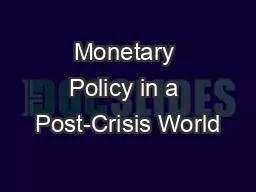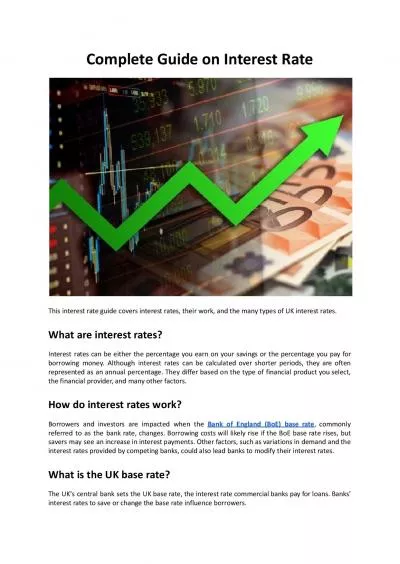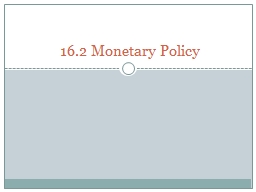PDF-Monetary and Banking Policy Transmission through Interest rates An Em
Author : susan2 | Published Date : 2021-09-15
The Centre of Planning and Economic Research KEPE was established as a research unit under the title Centre of Economic Research in 1959 Its primary aims were the
Presentation Embed Code
Download Presentation
Download Presentation The PPT/PDF document "Monetary and Banking Policy Transmission..." is the property of its rightful owner. Permission is granted to download and print the materials on this website for personal, non-commercial use only, and to display it on your personal computer provided you do not modify the materials and that you retain all copyright notices contained in the materials. By downloading content from our website, you accept the terms of this agreement.
Monetary and Banking Policy Transmission through Interest rates An Em: Transcript
Download Rules Of Document
"Monetary and Banking Policy Transmission through Interest rates An Em"The content belongs to its owner. You may download and print it for personal use, without modification, and keep all copyright notices. By downloading, you agree to these terms.
Related Documents

